Computer Work and Posture Part II
In part I of Computer Work and Posture, I discussed the importance of learning how to take care of ourselves while working in front of computers. Since computers are our new way of life, learning skills of body care and presence while using computers is vital. In order for us to have an upright posture, we need to first know how we define upright and what we mean by it. I suggested that we start thinking of upright less as a fixed straight position, and more as a balanced relationship between your neck, head and back.
A good way of becoming familiar with the relationship between your head, neck and back is to lay down in the semi supine pose with some books underneath your head for ten to fifteen minutes daily. The height of the books you will need underneath your head varies depending on both the shape and the present use of your body. It is best to let a trained Alexander Technique teacher help you determine the height of the books needed, but if you are not yet in contact with one you could use this video as a starting point.
The following instructions and mindful exercise are also available on audio here:
Instructions for the Semi Supine
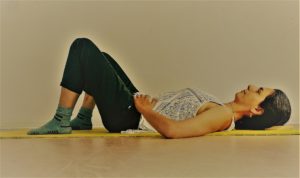 Lay down on your back with your head placed on top of some books for support (5 to 8cm as a starting point). Put the soles of your feet on the floor with your knees facing upwards towards the ceiling. Place your hands on the belly with the elbows pointing outwards
Lay down on your back with your head placed on top of some books for support (5 to 8cm as a starting point). Put the soles of your feet on the floor with your knees facing upwards towards the ceiling. Place your hands on the belly with the elbows pointing outwards
Mindful exercise while you are in the semi supine.
First let yourself notice how your body feels in this position. For the moment, let your intention be to notice without wanting to change anything. Simply to become familiar with what is.
Some questions to help you in your process:
-
Is my back in contact with the floor? If not, which parts of my back are not touching the floor?
-
Are the parts not touching the floor similar on both the right and left side? Or is one side more lifted than the other?
-
Is it easy for me to have my knees pointing upwards? Or would my preference be to let them drop inwards towards each other or outwards?
-
Are the soles of my feet carrying equal weight? Or is the weight traveling more towards the inside or the outside of my soles of my feet?
-
Do my shoulder blades feel comfortable on the floor? Or are there places where they feel crammed.
At the end of this reflection mentally tell yourself, “this is the relationship that my neck, head and back have throughout the day”.
Now allow for some subtle changes to happen in your posture. Let your intention be to explore an easier relationship between your neck, head and back rather than to “fix” your relationship. As the word “fix” implies, the mentality associated to that is too static and creates a one fit all mentality. We wish for a subtle fluid relationship rather than a “fix” solution.
Some subtle changes you could invite:
-
You could gently lift your pelvis, place your hands on your upper back and caress the back downwards in the direction of the pelvis, while coming back down to the floor. Did that increase your back’s contact to the floor?
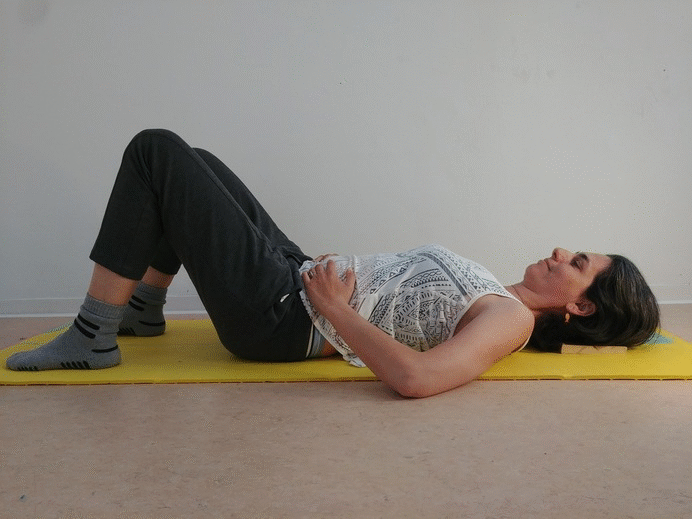
- You could gently lift your shoulder blades to allow for more space in the upper back, and then place them on the floor again. What change did this movement bring with regards to how much of your back is in contact with the floor?
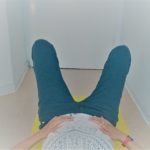
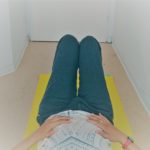 If you feel that you wanted to bring the knees inwards, you could try placing your feet closer to each other. If you feel that you wanted to let your knees go outwards, you could place the feet a bit further apart from each other. Do these changes to your feet make it easier for your knees to be pointing upwards without tension? Did this also bring a subtle change to the pathway of weight distribution in the soles of your feet?
If you feel that you wanted to bring the knees inwards, you could try placing your feet closer to each other. If you feel that you wanted to let your knees go outwards, you could place the feet a bit further apart from each other. Do these changes to your feet make it easier for your knees to be pointing upwards without tension? Did this also bring a subtle change to the pathway of weight distribution in the soles of your feet?
-
If your shoulder blades feel cramped, you could gently lift your elbows and place them again on the floor. Did that bring a subtle change or do the shoulder blades still feel the same way?
Once you found the most comfortable place in this position, then do nothing. Allow for 10-15 minutes to pass where you simply enjoy doing nothing. Let gravity do the work for you.
Before you come out of the semi supine position, mentally tell yourself, “This now is the relationship that I invite my neck, head and back to have during my computer work”.
When to do this practice
It is good to do this practice before you begin with your computer work, once in the middle of your computer work and/or at the end of the work. It will help to find your center during computer work. Do remember, however, that this is a starting point, a step one, if you will, for how to take care of yourself while using a computer.
Tune in for the next blog where we will investigate positions of mechanical advantage while working on the computer.
About the author
Pinelopi specializes in Hatha Yoga. Her yoga Kreuzberg Berlin classes are open for and welcoming to beginners. She offers Berlin business yoga, private yoga classes for people struggling with chronic pain, yoga courses and workshops. She is currently deepening her knowledge through Leslie Kaminoff’s Yoga Anatomy course and training to become an Alexander Technique teacher. Due to the corona virus, we are currently giving all yoga classes live online.




 Greetings Yogis,
Greetings Yogis,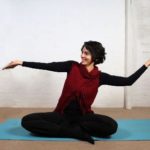 Hatha Yoga Classes Live Online
Hatha Yoga Classes Live Online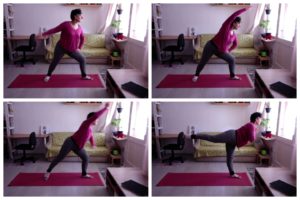
 We spend
We spend The COVID-19 pandemic has revealed some unexpected things about our society. In the past, when we’ve imagined through films or literature what the world would look like during a viral outbreak, the
The COVID-19 pandemic has revealed some unexpected things about our society. In the past, when we’ve imagined through films or literature what the world would look like during a viral outbreak, the 
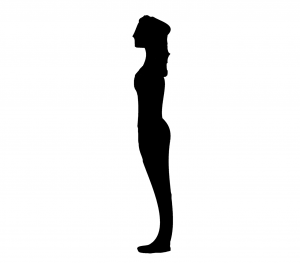
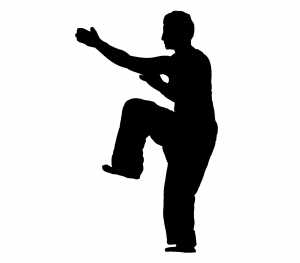
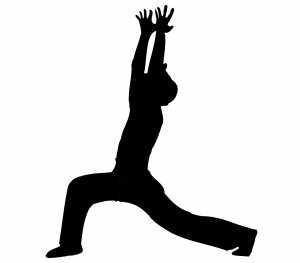
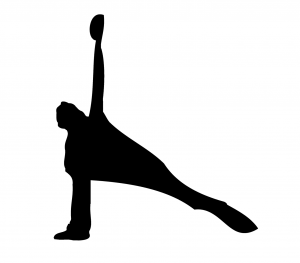
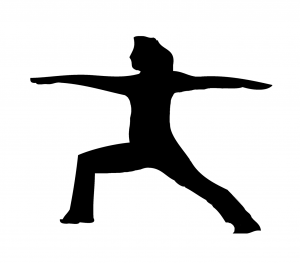 Warrior II:
Warrior II: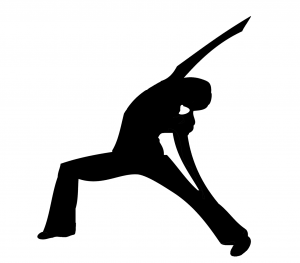 Inverted Warrior:
Inverted Warrior: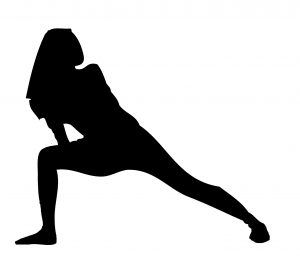 Extended Side Angle:
Extended Side Angle: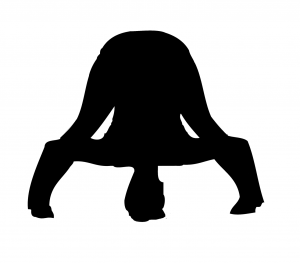 Wide-legged Forward Fold:
Wide-legged Forward Fold: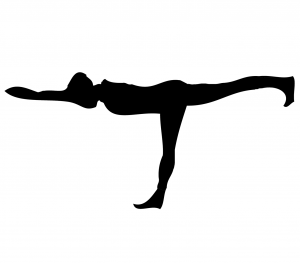 Warrior III:
Warrior III: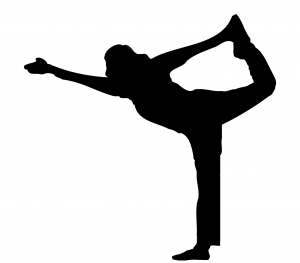 Dancer:
Dancer: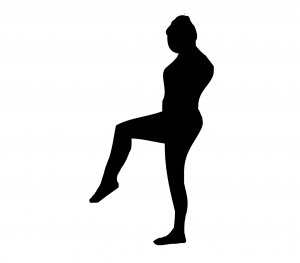 Balance:
Balance: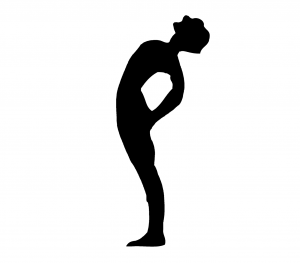 Surrender:
Surrender:





